Of all the names for Burdock, Beggar’s Buttons is my favourite, and this herb is also one of my favorite anti cancer herbs. The flowers mature to burrs, the spiky seed heads well known for sticking to fur and clothing and whose structure was the inspiration for Velcro™.
Burdock herb has many other names including Common Burdock, Great Burdock, Greater Burdock, Burr, Gobo, Beggar’s Buttons, Stick Button, Turkey Burrseed, Hareburr, Bardane, Cockle-Bur, Clotbur, Batweed, Love Leaves, Philanthropos (friend of man), and Ringworm Herb.
Burdock is a large plant, reaching up to six feet. It grows prolifically in fields and poor or sandy soil. The large tap root grows down almost as tall as the plant grows high, and is a staple root vegetable in Japanese cuisine, called Gobo.
If you don’t have a wild source of Burdock, you can steal some seeds and plant them in your own garden, or purchase dried, seeds, leaves or chopped root from an Herbalist.
Burdock is the principle ingredient in my Bitter Tonic Tea formula, as well as in both Rene Caisse’s and Harry Hoxsey’s original anti-cancer formulas.
A friend told me about using burdock as a teenager, over 30 years ago. She had bad acne so her grandmother gave her a bottle of Burdock Bitters. She drank the bottle over a short period of time and never had acne again!
Burdock carries a host of beneficial properties within it’s genetic code, including depurative or cleansing qualities, antibacterial and antiviral activities (especially the seeds), bitter tonic qualities which cause general cleansing to occur, cholagogue qualities which promote bile flow, choleretic properties which stimulate bile production by the liver, and hypoglycemic qualities in the seeds, which act to reduce blood sugar. (Mabey, 1988)
A native friend once told me that plants grow near you when you need their help. Several years ago little burdock plants began popping up in my yard near my house. I hadn’t yet learned how beneficial burdock could be, I began tearing the plants up and destroying them. All I could think of was having burrs stuck to my clothing and my dog. But… when I think back, I remember having gall bladder and liver issues at the time, which I corrected by performing several liver and gall bladder cleanses (see the end of this article for more information).
Depurative plants work specifically with the lymph, skin and blood to purify the body by eliminating waste and organic toxins. Burdock is one of the best known and longest used of the blood-cleansing herbs. It gently urges the body toward alkalinity by assisting the kidneys in removing uric acid, and is recommended as one of the most effective arthritis and gout remedies, and is also beneficial for kidney and bladder infections. This is one of the reasons why Burdock is used in herbal formulas used against cancer because it removes acid, which cancer loves to grow in.
Burdock is an immunostimulant, prophylactic in nature which means it generally prevents disease. It removes the buildup of toxins and heavy metals, responsible for causing skin problems, arthritic and joint pain and digestive sluggishness. It is nutritive and remineralizing.
All parts of the Burdock plant, the leaves, roots, flower heads and seeds have cleansing effects, which is why it is used against cancer, in herbal salves and teas. All parts have laxative, mild diuretic and sweat-inducing properties. (Mabey, 1988)
Burdock can be used effectively for acne, arthritis, burns, constipation, eczema, fatty liver, gallstones, gastrointestinal disorders, gout, psoriasis, rheumatism, skin disorders, and general feelings of being run down and tired.
Burdock is not only an excellent cleansing plant, it is also a rich source of valuable nutrients, with vitamins, minerals, carbohydrates, protein and fiber.
Burdock should be used gently, over a length of time, for several weeks or months, to assist the body’s fluids to return to a state of balance.
Make a gentle form of tea by steeping one or two fresh leaves in boiled water and drinking two to three cups per day.
Make an infusion of Burdock root by mashing 2 teaspoons of dried burdock root in a mortar and pestle. Place in a self-straining teapot, pour over water just off the boil, and let steep for 10 to 20 minutes. Drink one to two cups per day.
“The seeds and leaves are a strong surface purifier and are used for treating skin disorders.”
Dr. Michael Tierra, The Way of Herbs.
To ease skin eruptions of any kind, including acne, boils, psoriasis or eczema, soak a folded piece of cotton flannel in warm tea, made from seeds, leaves or roots; gently press to affected area, and leave for a while, or mash the leaves and apply directly to the affected area.
For more information about cleansing in general visit Cleansing Basics.
For more information specifically on liver and gall bladder cleansing, download Cleanse Your Body and follow the instructions in the Liver Gall Bladder Purge.
For more information about the symptoms and controversial issues surrounding gall stones, gall bladder disease, fatty liver disease, and choleocystectomy (gall bladder removal) read The Secrets to Gall Bladder and Liver Disease.
The recipe for Bitter Tonic Tea, recipes for anti-cancer herbal teas, just like Harry Hoxsey’s and Rene Caisse’s, 10 principles others use to heal themselves, expert nutrition information, motivation, power, truth ~ everything you need to quell your fears of cancer: The Cancer Journal Heal Yourself
References
McIntyre, Anne. (1988) The New Age Herbalist How To Use Herbs for Healing, Nutrition, Body Care, and Relaxation, New York, Collier Books.
Tierra, Dr. Michael, L.Ac., O.M.D. (1998) The Way Of Herbs, New York, Pocket Books.
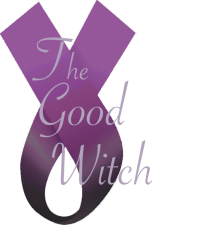
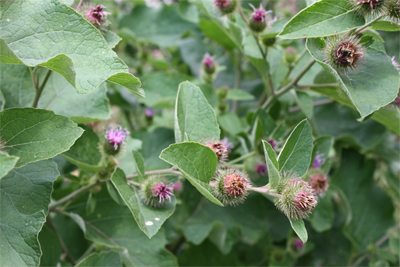

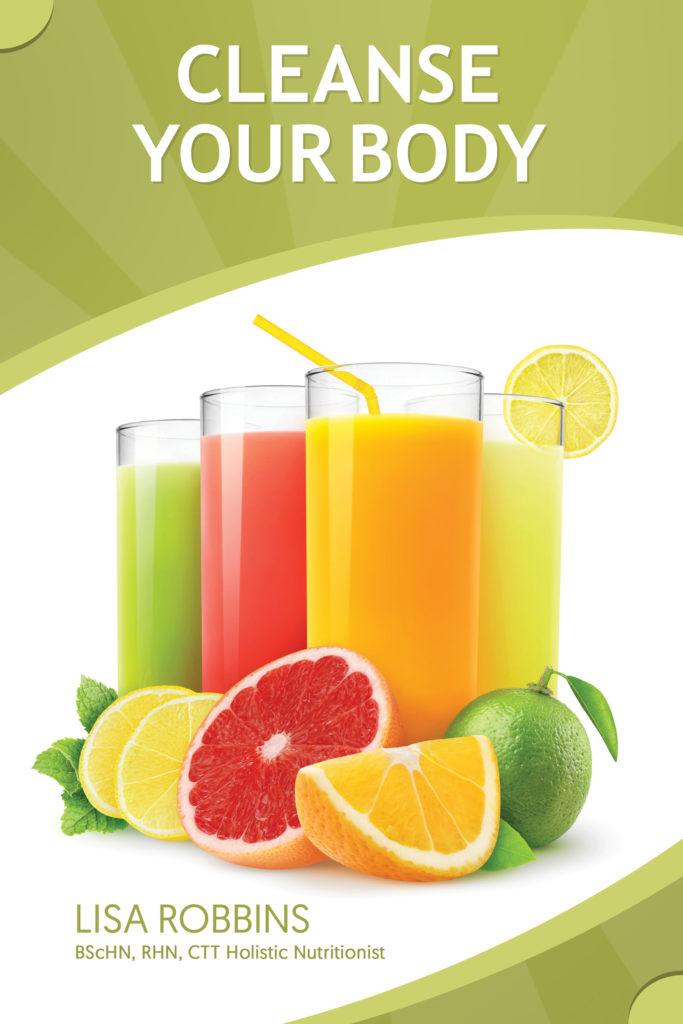

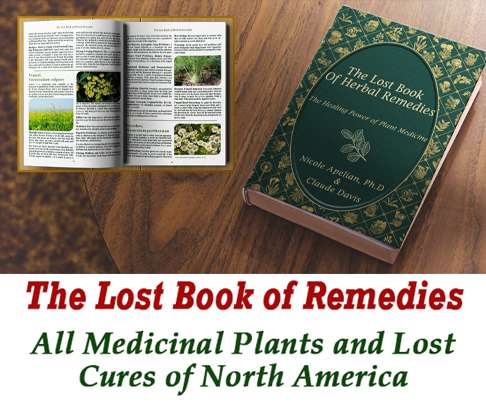
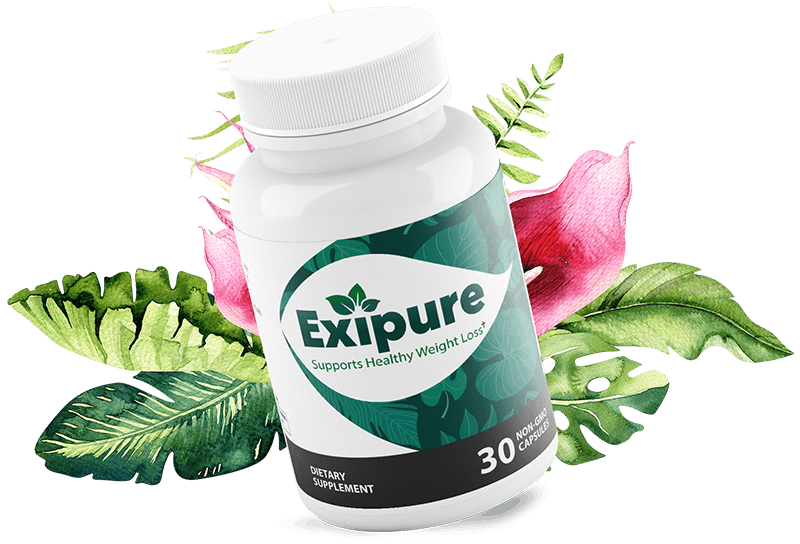
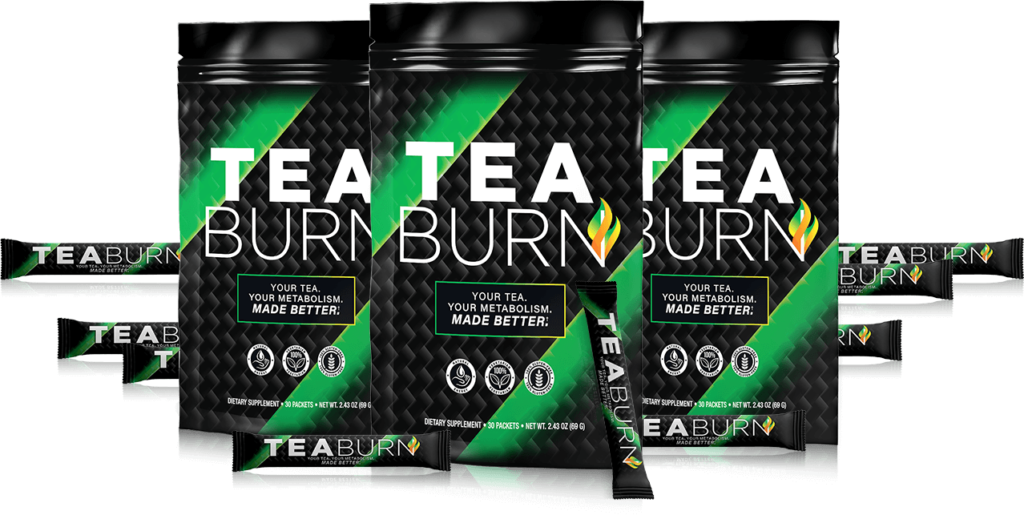
My Grandmother who was a Native American used to swear by herbs and Burdock was an herb she frequently used to treat neighbors.
Thank you for sharing that Susan! Burdock has amazing healing properties!!